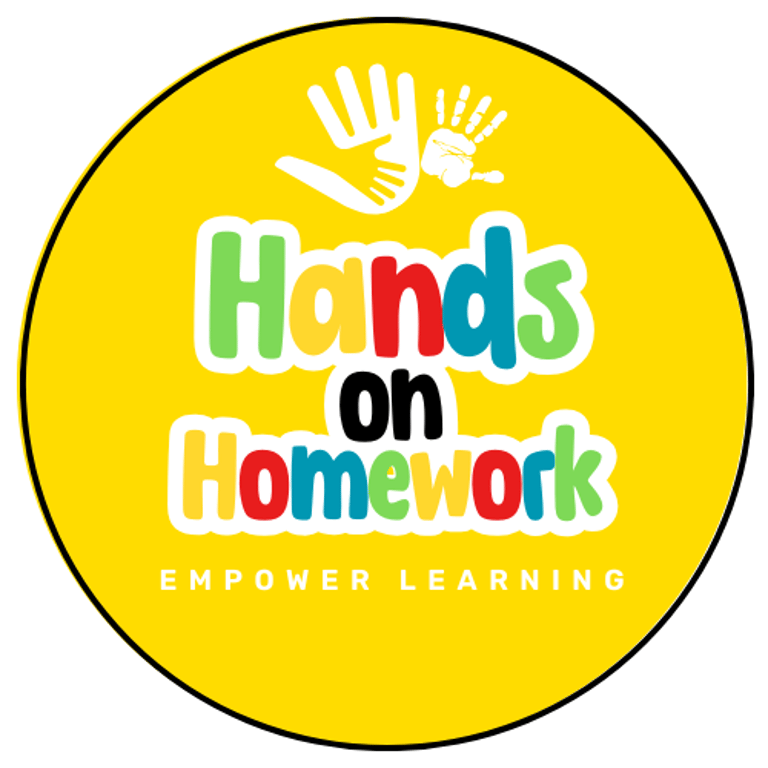Foundational Literacy Skills
Early Reading
FOUNDATIONAL SKILLS
12/8/20242 min read


I Can Read
So you’ve heard your child’s teacher mention phonics, phonological, and phonemic awareness…
…and you were too embarrassed to ask what it all means. Don’t worry—you’re definitely not alone! These terms are actually key players in helping your child become a confident reader. Let’s break it down in simple terms and find out why these concepts are so important for building foundations of reading skills.
Phonological Sensitivity: The Big Picture
Imagine your little one clapping their hands to a nursery rhyme—yep, that’s phonological sensitivity in action! They’re learning to hear the sounds and patterns that make up language, which helps brain develop for later reading skills like
Learn word families such as den, ben, ten, men, and pen
Learn the rhythm of the written and spoken word.
Phonological sensitivity includes concepts such as rhyming, alliteration, noticing and breaking words into syllables, and sentence segmentation, and identifying beginning and ending sounds in words (onset and rime)
Think of phonological sensitivity as the broad umbrella that covers everything to do with sounds in our language. It’s all about recognizing and playing with the sounds of spoken language. This includes everything from being able to hear the rhythm and rhyme of words to recognizing that sentences are made up of words and words are made up of sounds.
Phonemic Awareness: Getting Specific
Now, let’s zoom in a bit with phonemic awareness. This specifically focuses on the individual sounds (or phonemes) in words. For example, the word “cat” has three phonemes: /k/, /æ/, and /t/. Being able to isolate, blend, and manipulate these sounds is crucial for reading. They won't be able to connect alphabet letter to sounds yet, but they are on the way.
You can help build phonemic awareness with simple activities at home. Kids can build their phonemic awareness through games like “I Spy” using sounds (ex. “I spy something that starts with /b/”) or clapping out the sounds in your child’s name. point out what different items around the house start with.
The more they play with sounds, the more comfortable they’ll be when it’s time to read.
Phonics: The Connection to Reading
Finally, we get to phonics, which is all about the relationship between sounds and the letters that represent them. Phonics teaches kids how to decode words, turning those sounds they’ve learned into reading skills. When your child understands that the letter “b” makes the /b/ sound, they can start to sound out words like “bat” or “ball.”
Phonics instruction typically includes learning letter-sound relationships, blending sounds together to read words, and recognizing familiar patterns. It’s the bridge between spoken language and written words.
Why It Matters
As you can better understand now, mastering phonological sensitivity, phonemic awareness, and phonics sets the foundation for reading success. Kids who develop strong skills in these areas are better prepared to tackle more complex reading skills later on.
So, next time your child’s teacher drops these terms, you can nod along confidently, knowing that these concepts are essential steps in your child’s journey to becoming a skilled reader.
Go ahead and play some fun sound games at home!
